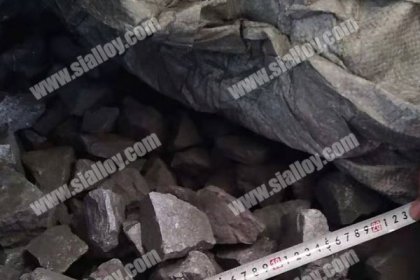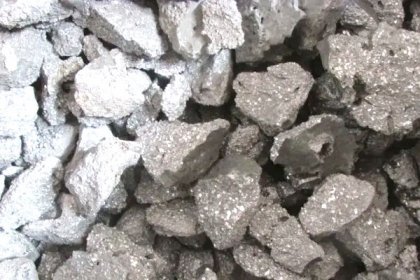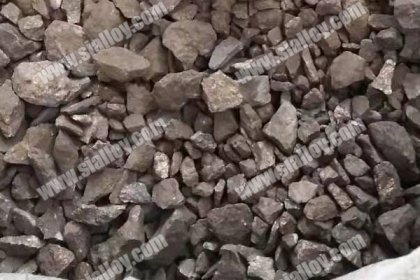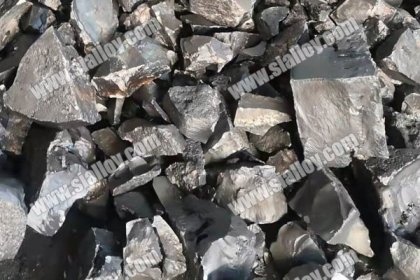ferrous sulfate
Ferrous sulfate (also known as ferrous sulphate, green vitriol, iron sulphate), properties: sky blue or green monoclinic crystal series, odorless, salty, glutinous; irritating. In the state of 14.8 degrees: density is 1.8988g/cm3; in the state of 15 degrees: density is 1.897g/cm3. melting point is 64°C, soluble in water, insoluble in alcohol. Weathered into a white powder in dry air. It is corrosive and rapidly oxidizes into yellow-brown basic ferric sulphate in humid air. It is an anhydrate at 300 ° C. When it continues to heat up, it is decomposed into iron trioxide, water, sulfur dioxide and sulfur trioxide gas. Mainly used for water purification, purification of gas, production of pigments, printing and dyeing industry.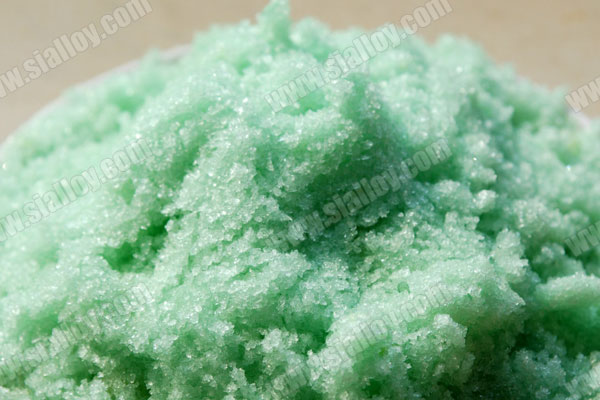
The use of ferrous sulfate in sewage treatment can be mainly used as a flocculating agent, a reducing agent, a precipitating agent and the like.
1.As a reducing agent: Ferrous sulfate is a strong reducing agent, which can reduce the hexavalent chromium of the water content chromium wastewater of the electroplating plant to trivalent chromium instead of expensive sodium sulfite, sodium hydrogen sulfite and sulfur dioxide. The advantage is that it does not produce toxic carcinogenic stimulating chlorine (mainly dihydrogen sulfide), which is inexpensive.
2. As a flocculant: The most widely used ferrous sulfate is as a flocculant. It has the following advantages as a flocculant: rapid sedimentation speed, large sludge particles, small sludge volume and compactness, and good color removal effect (very suitable as a flocculant) Printing and dyeing, washing and other textile wastewater treatment), non-toxic and beneficial biological growth (very suitable for subsequent sewage treatment systems with biochemical treatment process), without changing the original process, low price, as a flocculant, ferrous sulfate can be replaced Polymerized aluminum, basic aluminum chloride, polymeric iron, aluminum sulfate, ferric chloride, and the like.
3. As a biological nutrient: mainly as the iron nutrition of microorganisms in the biochemical system, to improve the activity of microorganisms in the system, thereby ensuring and improving the efficiency and stability of the system.
4. As a precipitant: it can form precipitates with sulfides, phosphates, etc. to remove sulfides, phosphates, etc., and treat sulfur-containing wastewater from printing and dyeing plants with ferrous sulfate.
 中文
中文
